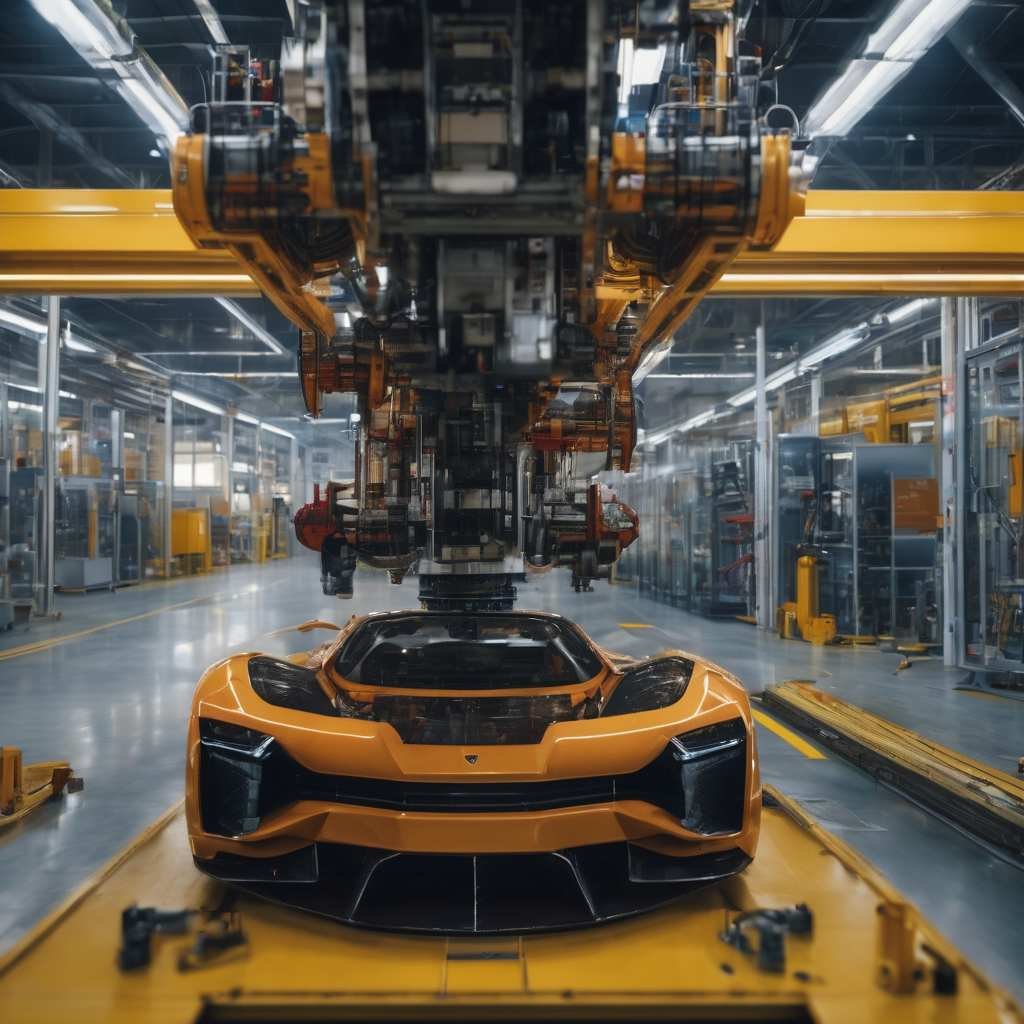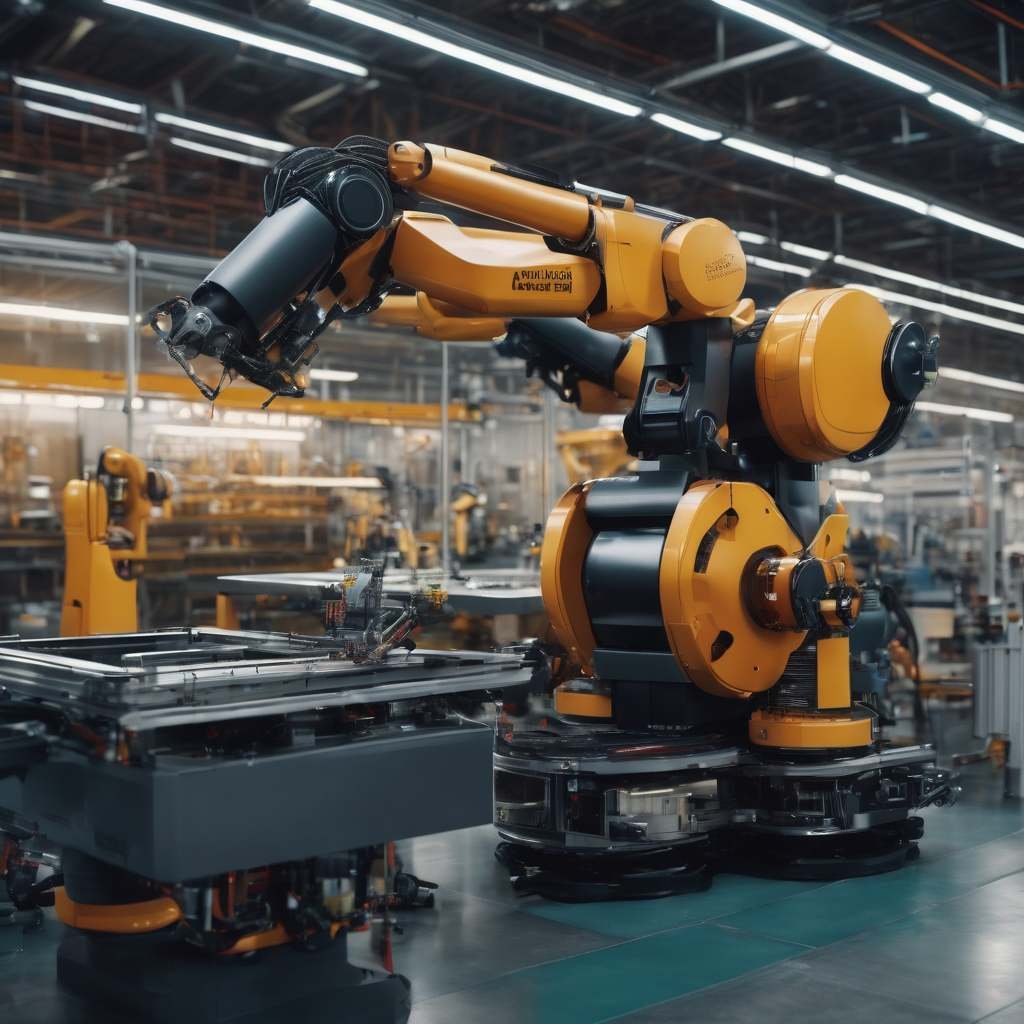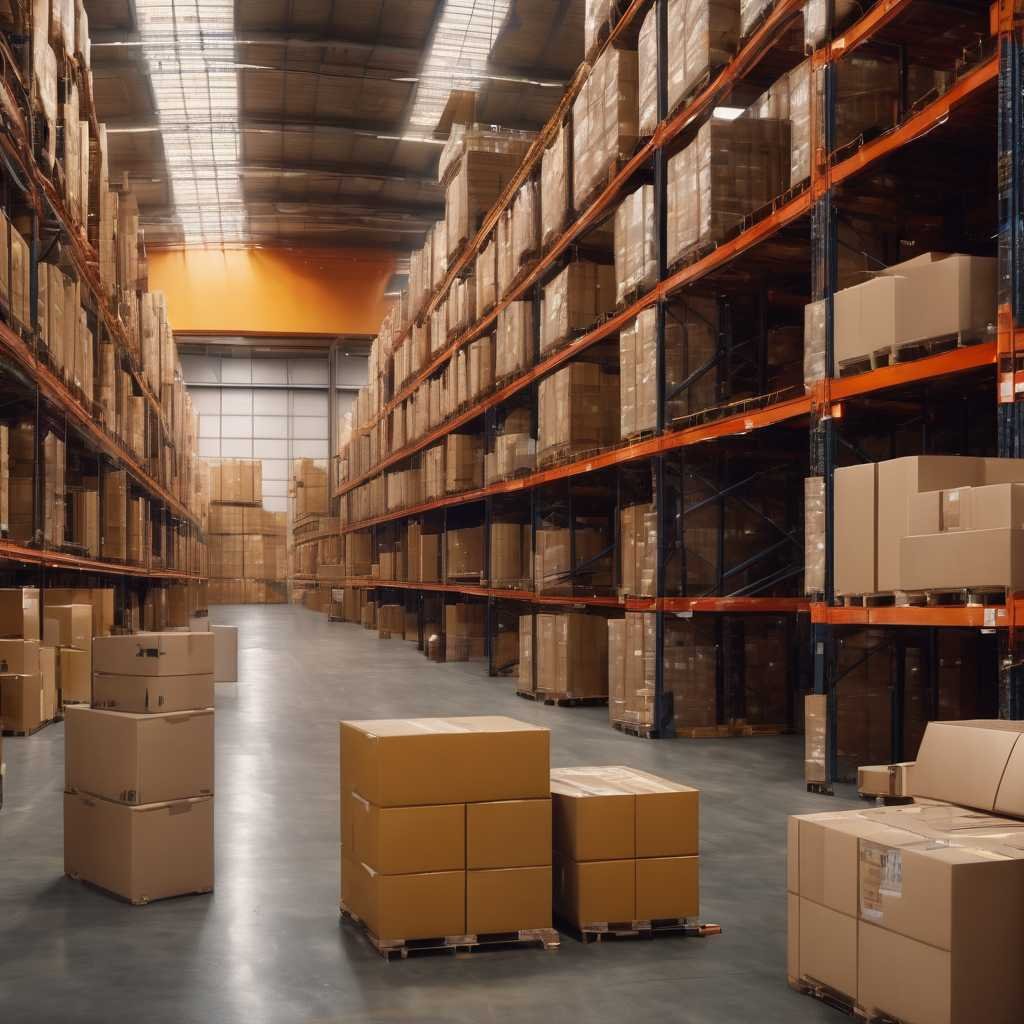Introduction on Robotics and Automation in Work and Industry
Welcome to ChangeofTech.com, where we delve into the transformative landscape of Robotics and Automation in the workplace. In this comprehensive blog post, we’ll explore the intricate interplay between technology and industry, unravelling the impact of robotics and automation on work processes, efficiency, and the future of various sectors.
Table of Contents
The Rise of Robotics in the Workplace
In recent years, the integration of robotics into various industries has been nothing short of revolutionary. Robots, from manufacturing floors to warehouses, are becoming indispensable collaborators in streamlining processes and boosting productivity.
Robotic systems, equipped with advanced sensors and precision engineering, can perform repetitive tasks with unparalleled accuracy. Whether assembling intricate components or handling materials in logistics, robots are redefining the capabilities and efficiency of industrial processes.

Automation in Work and Industry

A Game-Changer in Industry Dynamics Automation, complementing robotics, extends its reach beyond physical tasks to include a wide range of processes. Software automation, machine learning, and artificial intelligence are reshaping how industries operate, introducing unprecedented levels of efficiency and adaptability.
Automated systems are increasingly responsible for data analysis, decision-making, and predictive modelling. From predictive maintenance in manufacturing plants to automated customer service processes, the benefits of automation are diversifying across industries, enhancing speed, accuracy, and overall operational efficiency.
Robotics and Automation in Manufacturing:
The manufacturing sector has been at the forefront of embracing robotics and automation. From automotive assembly lines to electronics production, the impact of these technologies is reshaping traditional manufacturing processes.
Description: Robotic arms, equipped with vision systems, enable precise assembly and welding tasks in manufacturing. Automation, through programmable logic controllers (PLCs) and advanced control systems, enhances production efficiency, reduces errors, and ensures a consistent quality standard across products.

Logistics and Warehousing Transformation

In logistics and warehousing, robots and automation systems are revolutionising how goods are stored, picked, and transported. The demand for fast and accurate order fulfilment is driving the adoption of these technologies.
Description: Automated guided vehicles (AGVs) and robotic arms collaborate seamlessly to navigate through warehouses, picking and packing items with efficiency. Robotics in logistics not only accelerates order processing but also minimizes errors and reduces operational costs, leading to a more streamlined supply chain.
The Role of Robotics and Automation in Healthcare:
In healthcare, robotics is making significant strides, from surgical procedures to patient care. Automation, through smart technologies, is enhancing the accuracy of diagnostics and treatment plans.
Description: Surgical robots, controlled by skilled surgeons, allow for minimally invasive procedures, reducing patient recovery times. Automation in healthcare information systems streamlines administrative processes, ensuring accurate patient records and facilitating data-driven decision-making.

Robotics and Automation in Agriculture:

Cultivating Efficiency The agricultural sector is witnessing a technological revolution with the integration of robotics and automation. From autonomous tractors to drone-assisted crop monitoring, discover how these technologies are enhancing precision farming and addressing challenges in modern agriculture.
Description: Robotic systems are being employed for tasks such as planting, harvesting, and even weed control, leading to increased efficiency and reduced resource wastage. Automation in agriculture encompasses smart irrigation systems, data-driven decision-making, and the utilization of sensors for crop health monitoring.
Future Trends in Work and Industry
Human-Robot Collaboration:The future of work is evolving, and a key aspect is the collaboration between humans and robots. Explore how industries are embracing cobots (collaborative robots) to augment human capabilities, creating synergistic workplaces that combine the strengths of both.
Description: Cobots work alongside humans, performing repetitive or physically demanding tasks, while humans contribute their problem-solving abilities, creativity, and adaptability. This collaborative approach not only enhances productivity but also ensures a safer and more ergonomic work environment.

Addressing Concerns: Ethics and Security in Robotics:

As robotics and automation become integral to various industries, it is crucial to address ethical and security concerns. Explore the importance of establishing ethical guidelines and robust cybersecurity measures to ensure responsible and secure deployment of these technologies.
Description: Ethical considerations include issues such as algorithmic biases, job displacement, and the responsible use of artificial intelligence. Robust cybersecurity measures are essential to prevent unauthorized access and potential misuse of automated systems, safeguarding sensitive data and maintaining the integrity of operations.
FAQs on Robotics and Automation in Work and Industry

Q1: How do robotics and automation affect employment?
A1: While robotics and automation can replace certain manual tasks, they also create new job opportunities in fields like robotics maintenance, programming, and system oversight. The evolving job landscape requires a workforce with adaptable skills to harness the potential of these technologies.
Q2: Are there ethical considerations in the use of robotics and automation?
A2: Yes, ethical considerations arise in areas such as job displacement, data privacy, and the potential for biased algorithms. Responsible implementation and continuous monitoring are essential to address these concerns and ensure the positive integration of robotics and automation in the workplace.
Q3: What is the concept of human-robot collaboration?
A3: Human-robot collaboration involves the integration of robots into the work environment, working alongside humans to enhance efficiency and productivity. This concept emphasizes the strengths of both humans and robots, creating a more dynamic and adaptable workforce.
Q4: How does automation impact sustainability in agriculture?
A4: Automation in agriculture promotes sustainability by optimizing resource use. Precision farming techniques, enabled by automation, reduce the need for excessive water, fertilizers, and pesticides. This results in improved environmental conservation and more sustainable agricultural practices.
Conclusion on Robotics and Automation in Work and Industry
In conclusion, the marriage of Robotics and Automation is reshaping the landscape of work and industry. From the manufacturing floor to logistics and healthcare, these technologies are not just tools; they are transformative agents that enhance efficiency, precision, and overall productivity.
As we navigate this era of technological evolution, the synergy between human expertise and machine capabilities becomes the cornerstone of progress. ChangeofTech.com remains committed to unravelling the intricate tapestry of technology’s impact on our world, ensuring that we understand, adapt, and harness the potential of Robotics and Automation for a future of unprecedented possibilities.
In the ever-evolving landscape of Robotics and Automation, the journey is not just about technological advancement but also about responsible integration and thoughtful consideration of ethical implications. As industries continue to transform, ChangeofTech.com remains your guide to understanding the complexities and possibilities that emerge at the intersection of human ingenuity and technological innovation. Stay tuned for more insights into the future of work and industry.

Pingback: Biometrics And Identity Tech - changeoftech.com